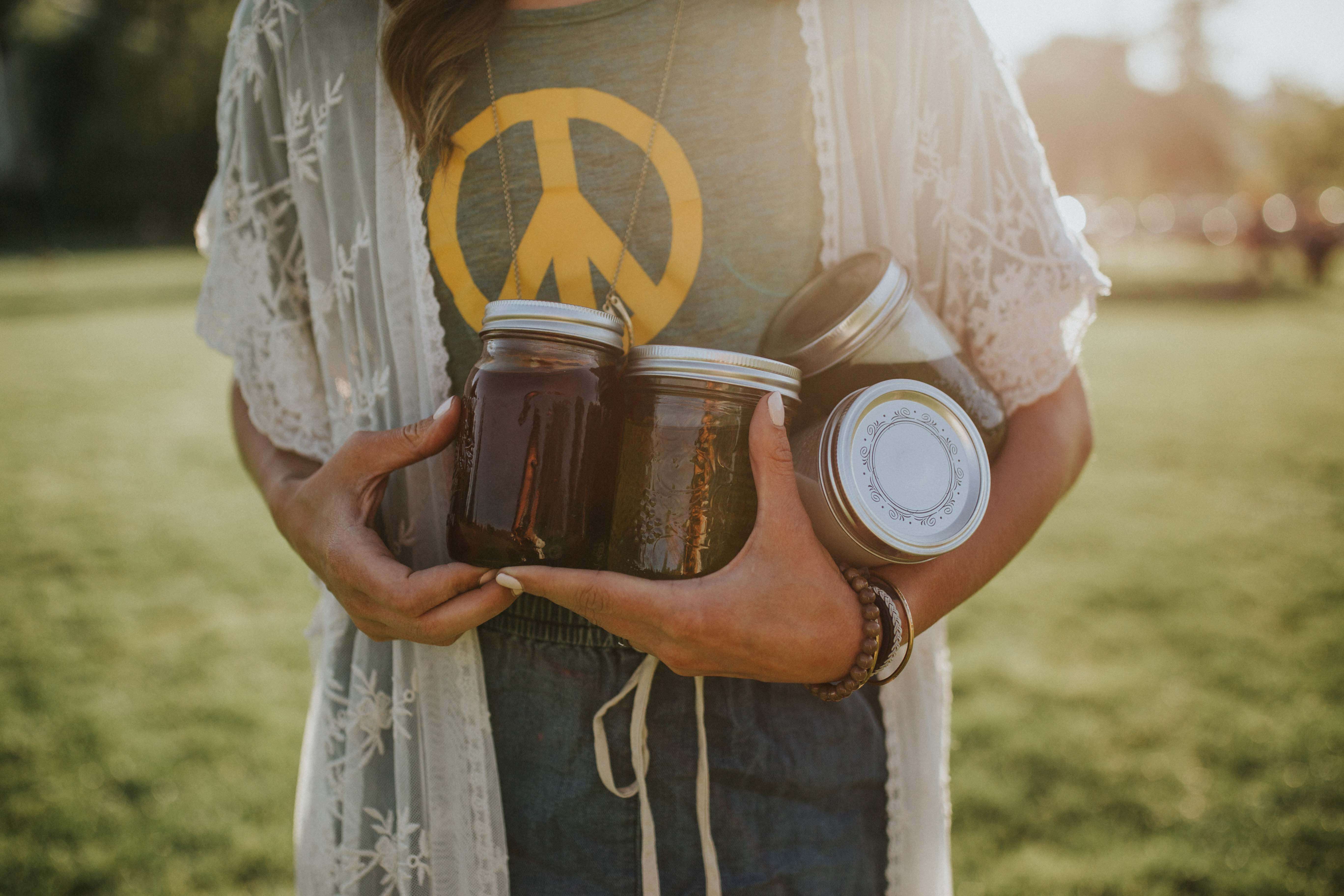Fighting inflammation and reducing fatigue are the best ways to not only improve our health but also our performance during workouts. Having a consistent workout routine plays a huge part in eliminating mental stress and increasing positive endorphins in the body, but on the flip side, it also puts stress on our muscles and increases lactic acid buildup. If we aren’t fueling our body correctly, our workouts can start to break our body down instead of supporting it.
When our bodies don’t have the proper nutrition for the demand we place on them during workouts, we risk fatigue, injury, and potential hormone damage. I’m sure you’ve heard the term “You can’t out-work a poor diet.” In a lot of ways this statement is very true. When it comes to fitness and health, we always want to approach our plan with the mindset of setting ourselves up for longevity, not a quick fix. If we approach our food and fitness thinking long term, we will not only feel better physically and mentally, we will also reap the long-term benefits of less aching, body breakdown, and inflammation.
I often get asked about pre- and post-workout drinks. Do I use them? What would I recommend?
Although I have used different stimulants in the past, I totally stay away from them now, for many reasons! The boost of a stimulant is a short-term gain which typically results in a negative long-term result. Whether it’s caffeine or another stimulant you’re using before workouts, energy boosting products often lead to damaged adrenal systems, anxiety, mood swings, poor skin, and gut issues.
So what are some delicious, natural ways of boosting our energy pre- and post-workout? When I started weaning myself off stimulants, I decided instead of focusing on what I had to give up, I would get excited about what I would get to put into my body! I decided that to kick things like coffee, I would actually have to totally give up warm drinks for a season to re-train my body to crave fresh water and juices in the morning. To change our habits, we need to change our mindsets and avoid the pleasure traps we’ve created for ourselves. This process worked surprisingly well for me, and inspired me to really focus on what I was giving my body for energy, pre- and post-workout.
Juicing is one the best ways to quickly get nutrition into your muscles and bloodstream. It’s also a great way to personalize exactly what your body needs for the season you’re in. Whether you are long distance running, weight training, or going through a period of light workouts, there is a juice for you!
So what juices should you be drinking pre- and post-workout?
Before we work out, we want to give our bodies a little bit of natural sugar for energy but also combine it with fibre and vegetables that help our bodies fight inflammation.
Anti-inflammation Juice
This juice recipe from Blender Girl is one of my current favourite pre-workout drinks. It’s the perfect combination of greens, a little zest from the ginger, and just the right amount of sweet.
- 1 organic pear, cored
- 1 organic green apple, cored
- 2 organic ribs of celery
- ½ organic lemon, peeled
- 2 ½ cups organic romaine lettuce
- 2 cups organic baby spinach
- 1″ knob organic ginger root, plus more to taste
- Wash all items before juicing and enjoy immediately to get the most nutrition out of the juice.
Post-workout Juice
For post-workout, I love juices that are packed with tons of vitamins and minerals to refuel my body from the stress placed on my system. Things like celery hearts are amazing for reducing post-workout inflammation, and beets have nitrates to bring more oxygen to the blood, aiding in quicker recovery.
- 1 large organic beet, peeled and quartered
- 2 organic celery hearts, rinsed with ends cut
- 2 organic romaine lettuce hearts
- 8 organic carrots
- Wash all items before juicing and enjoy immediately to get the most nutrition out of the juice.
Rachel Doell is an instructor, personal trainer, mother, and wife who loves health and fitness. Her fitness company, Daily Routine Fitness, features simple ways to fit living a healthy life into your everyday routine.
Article was published in The Good Life magazine.



